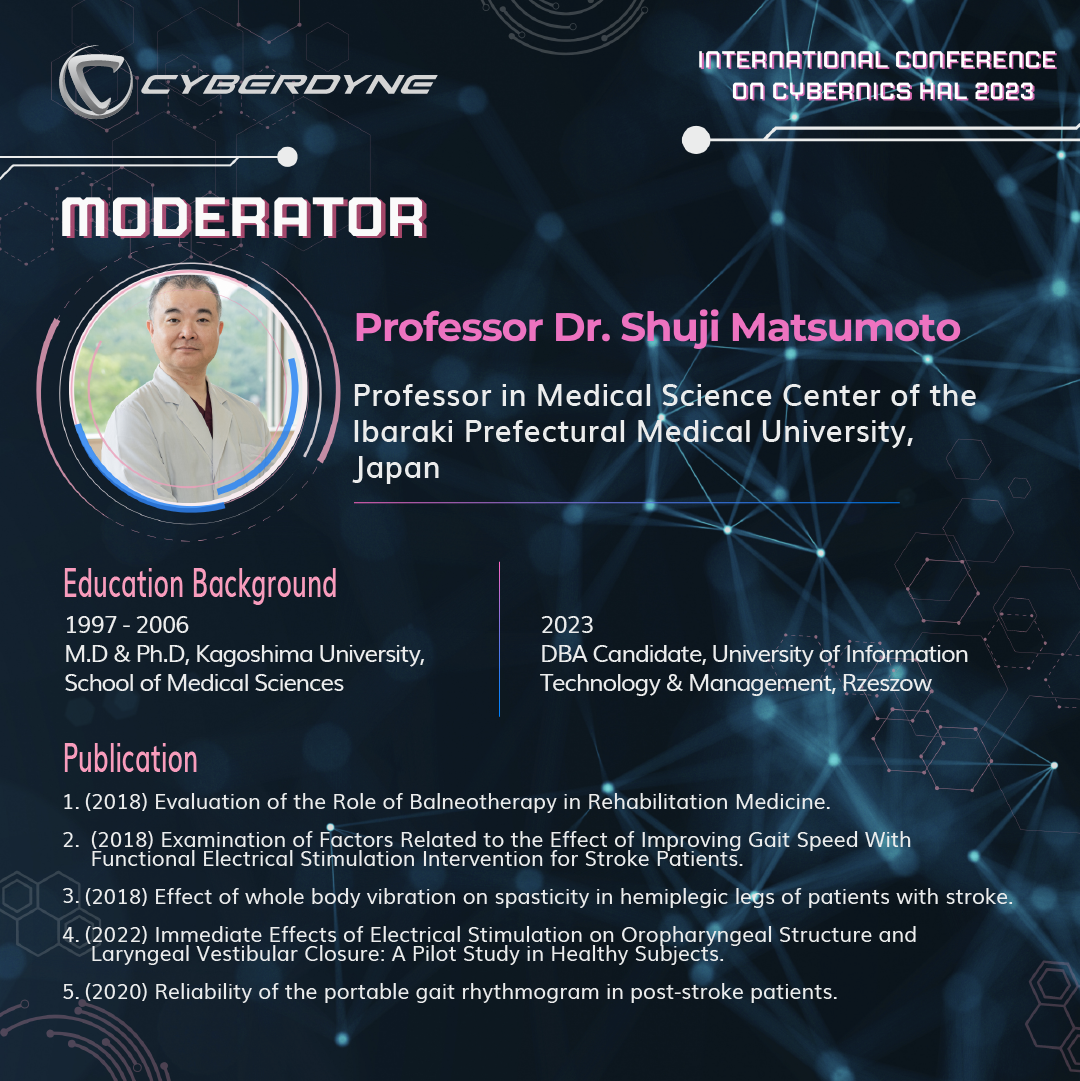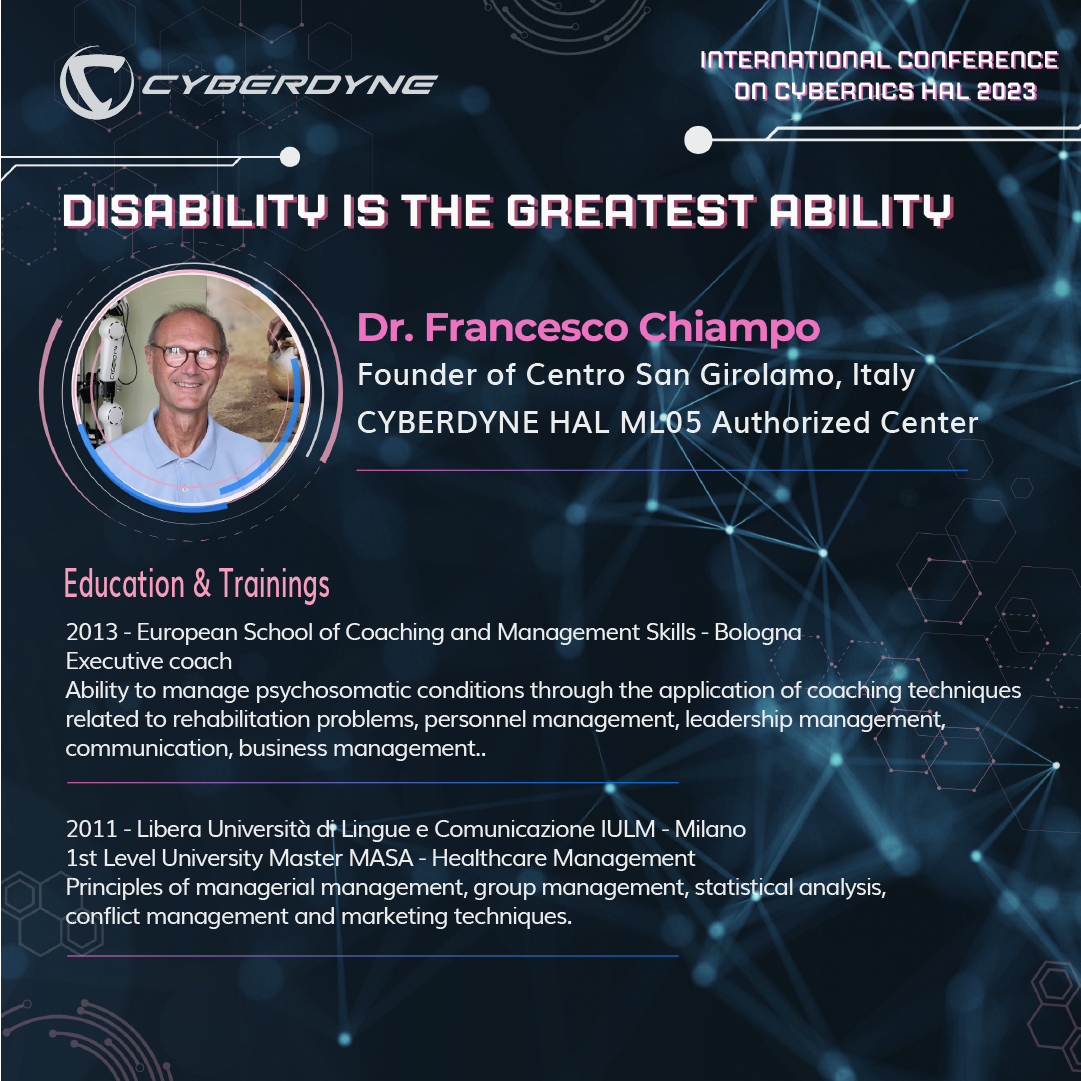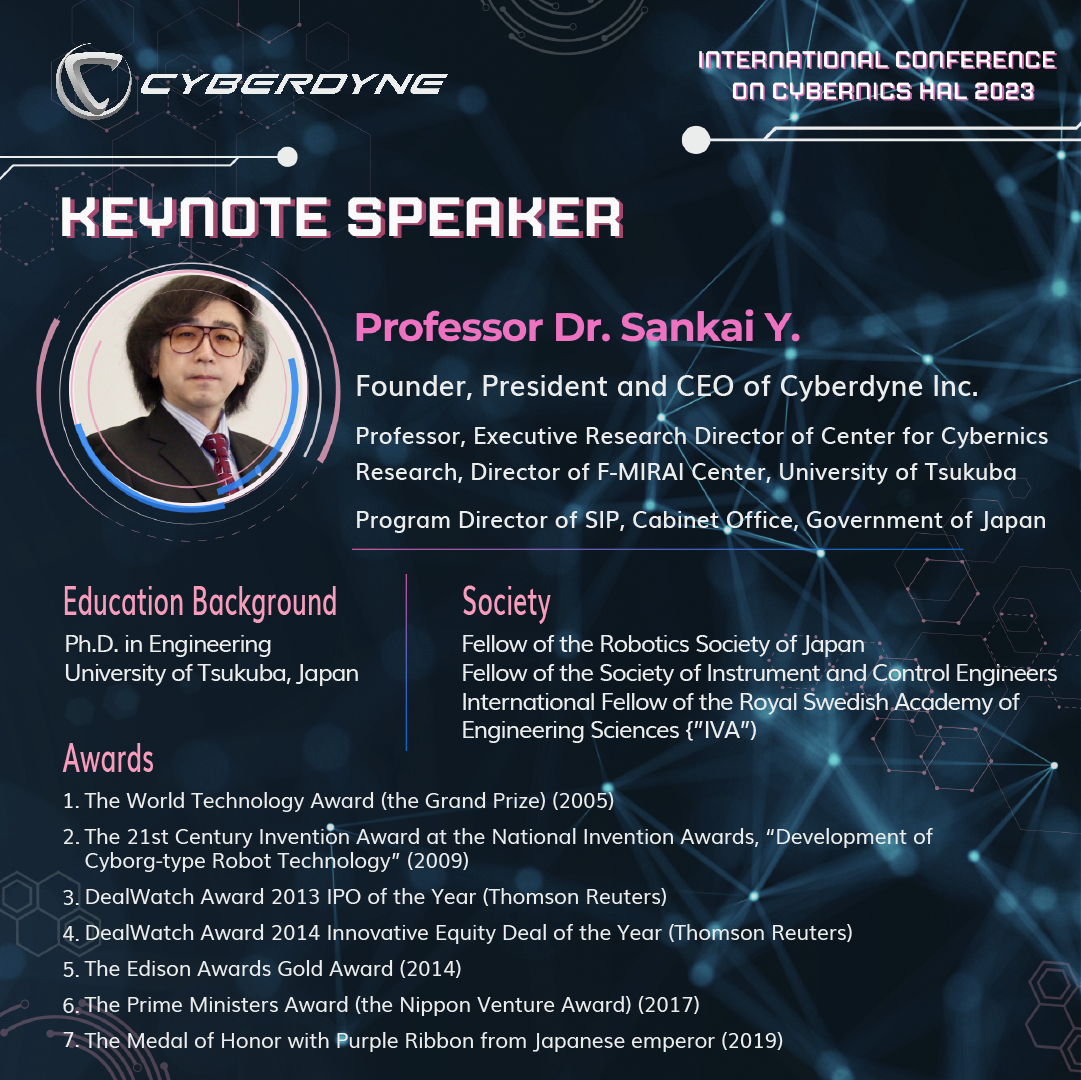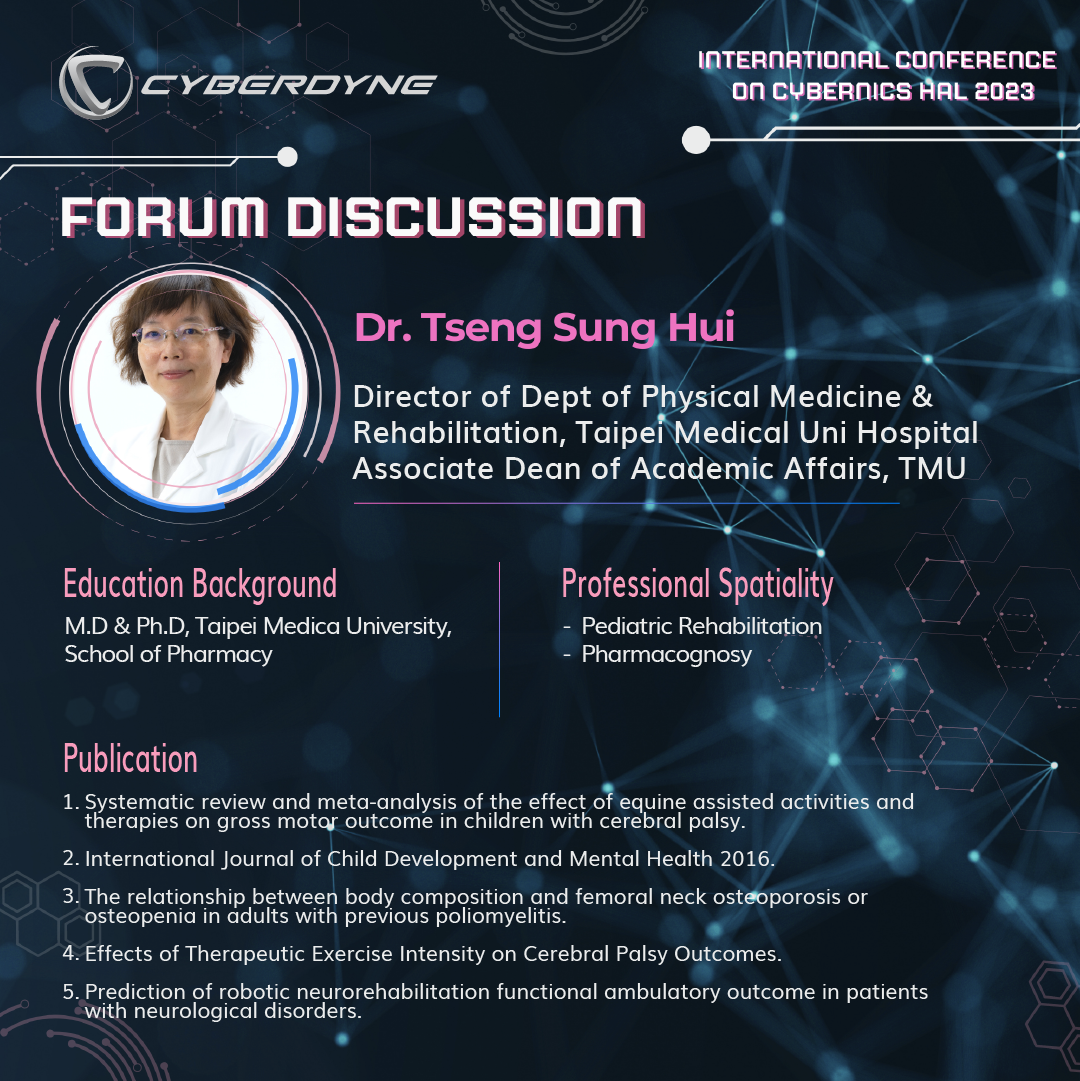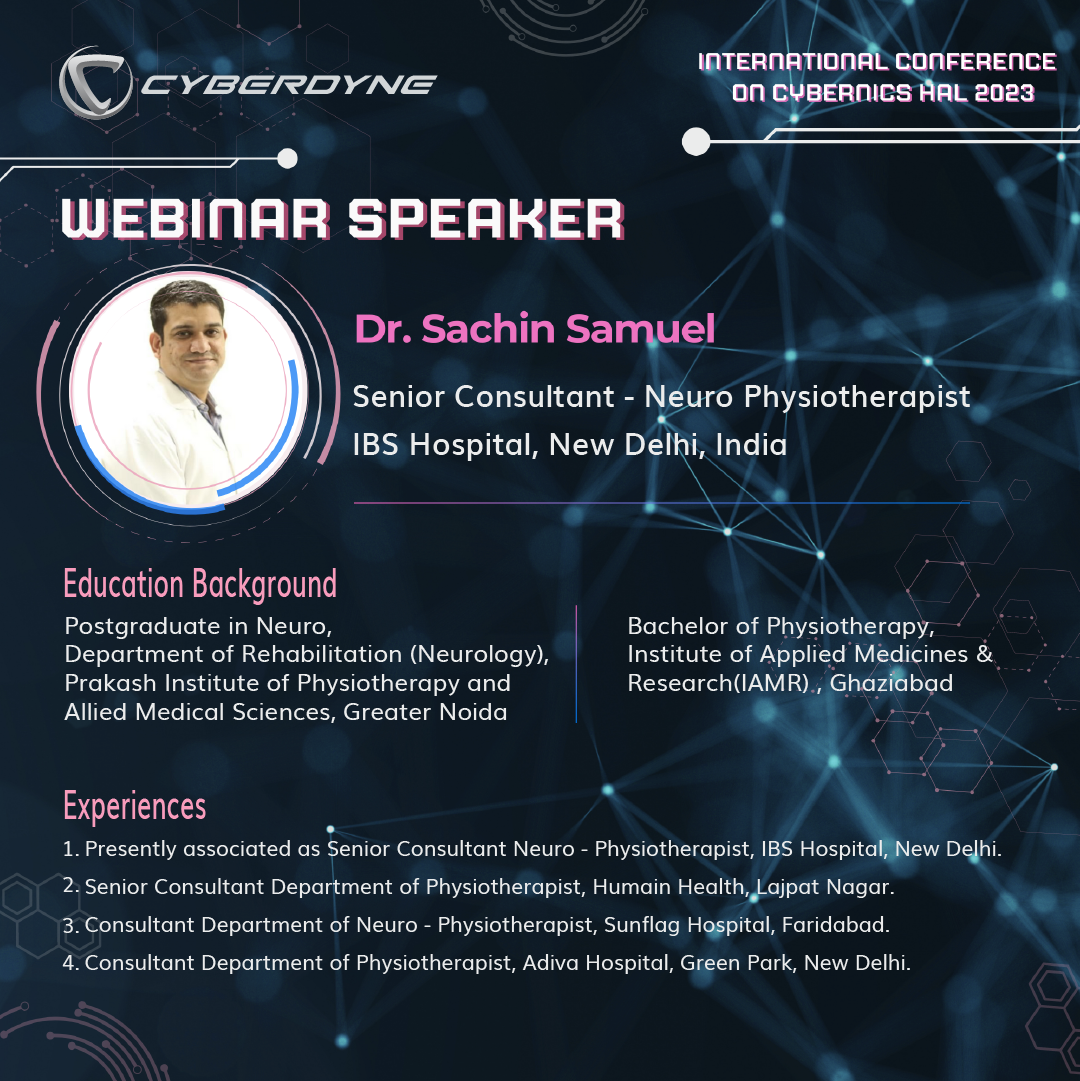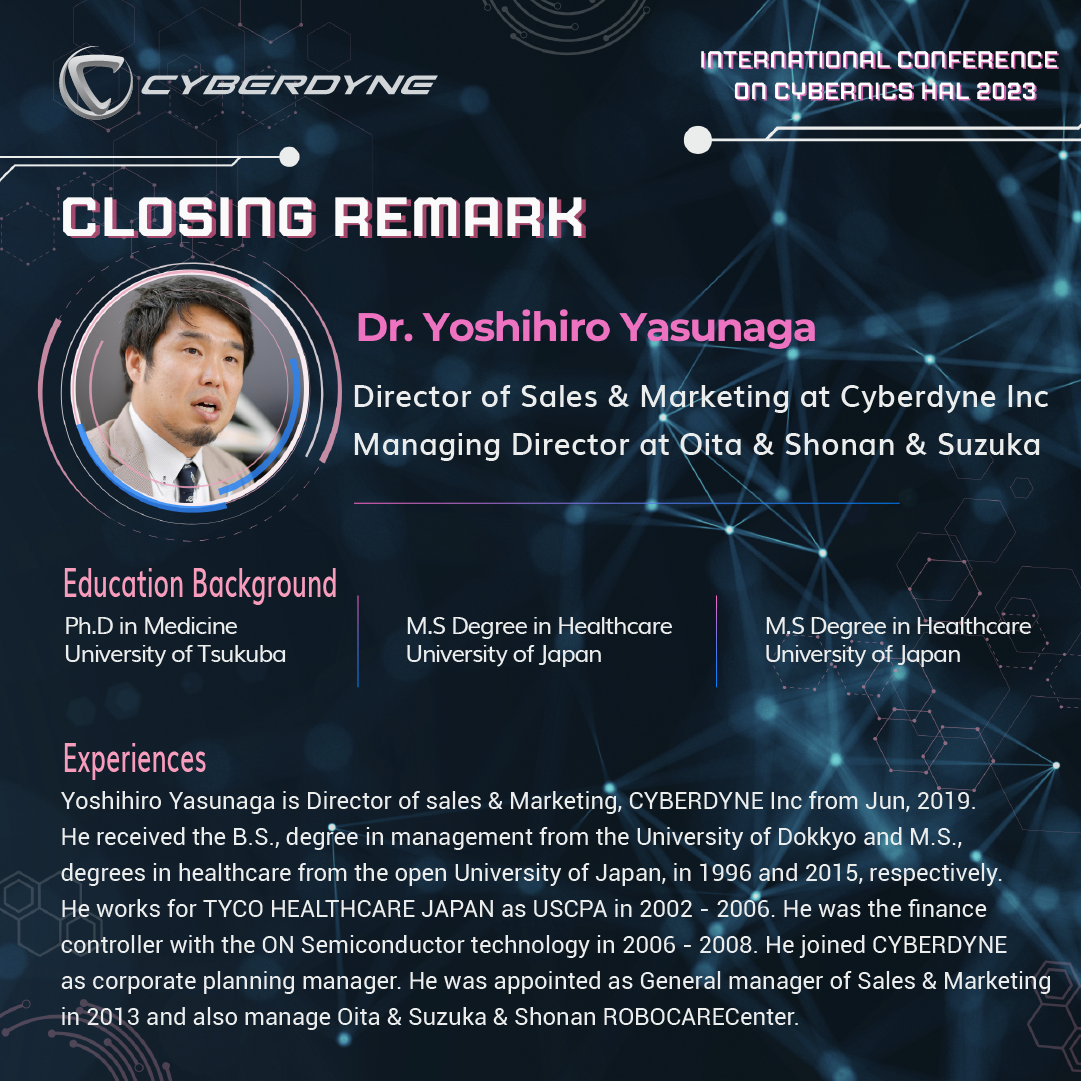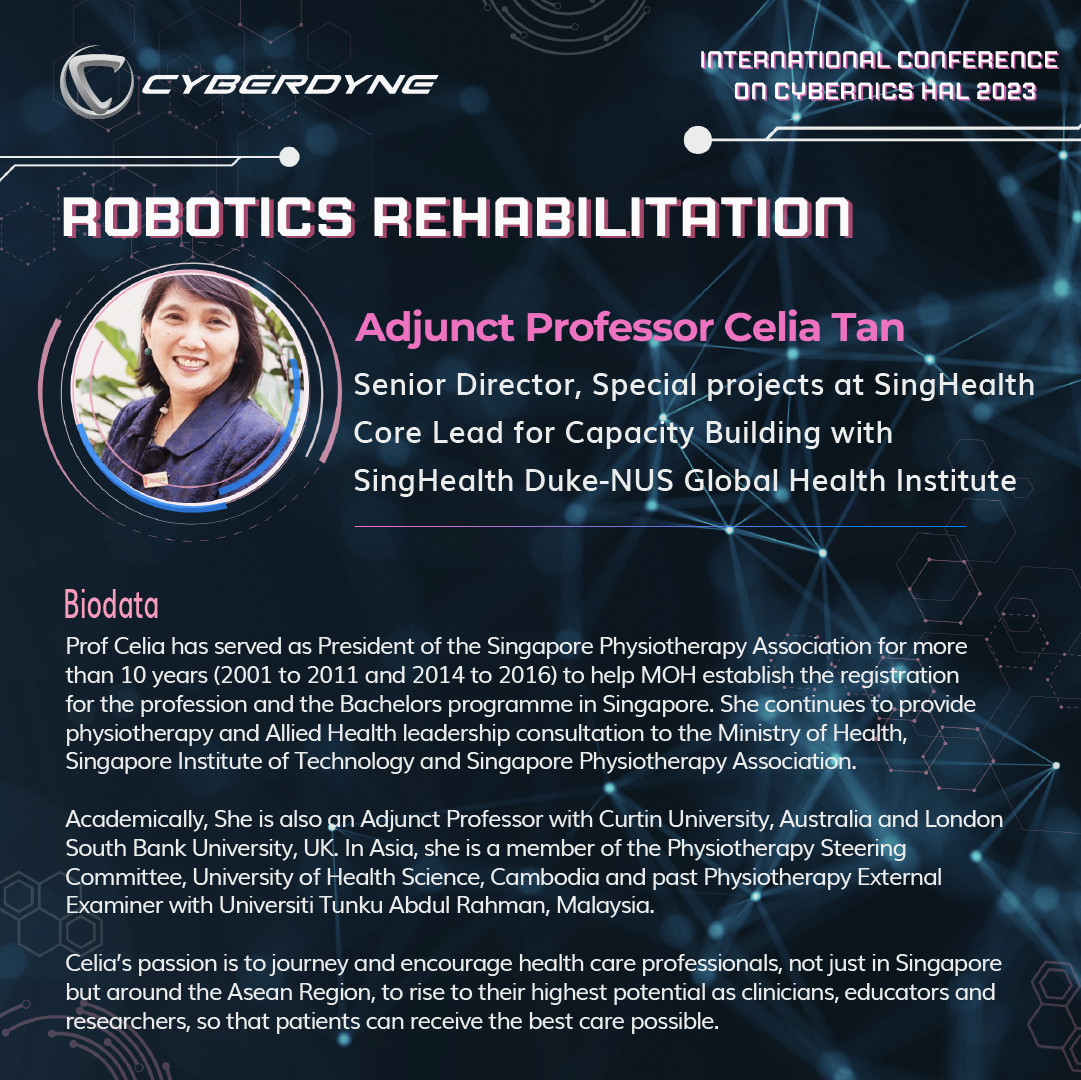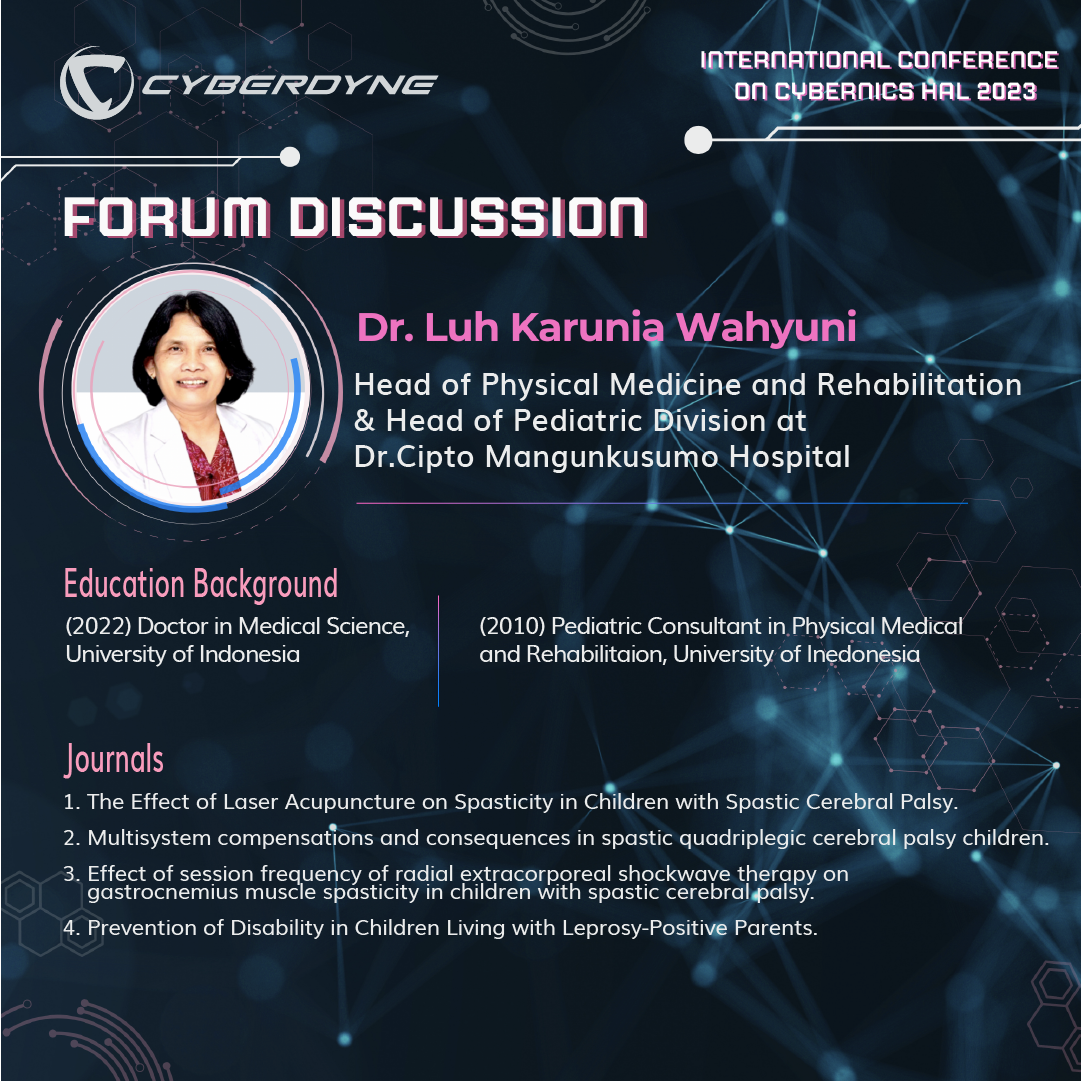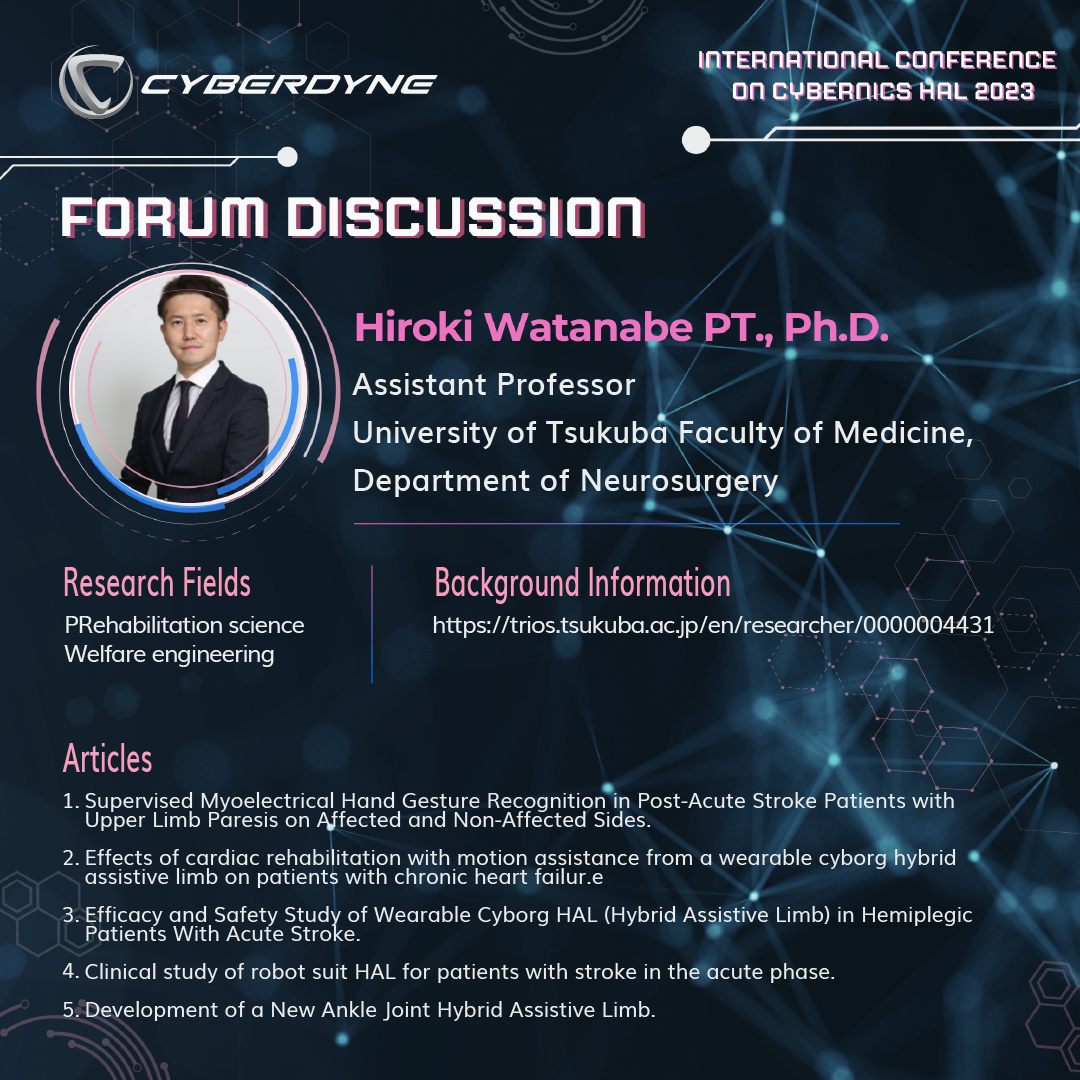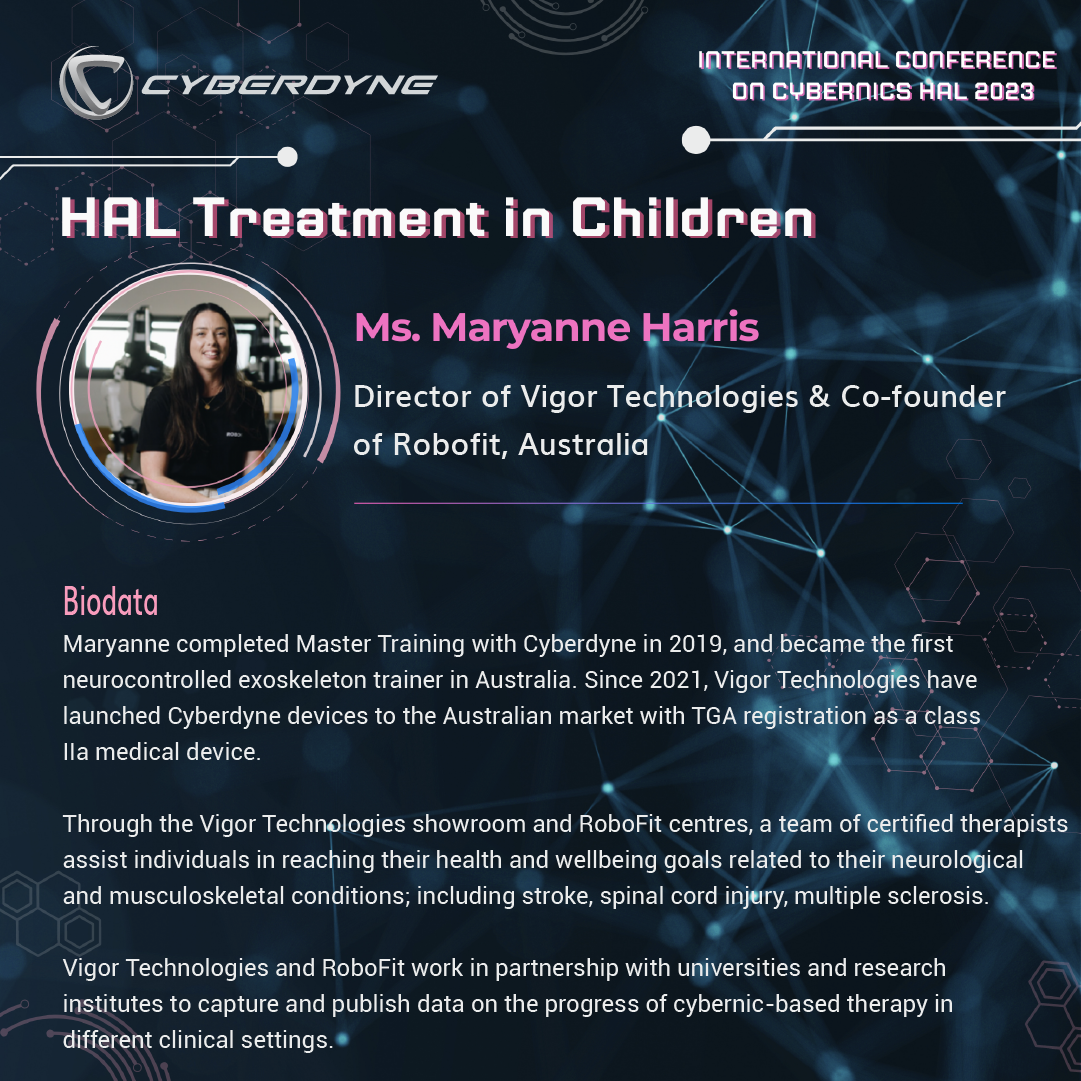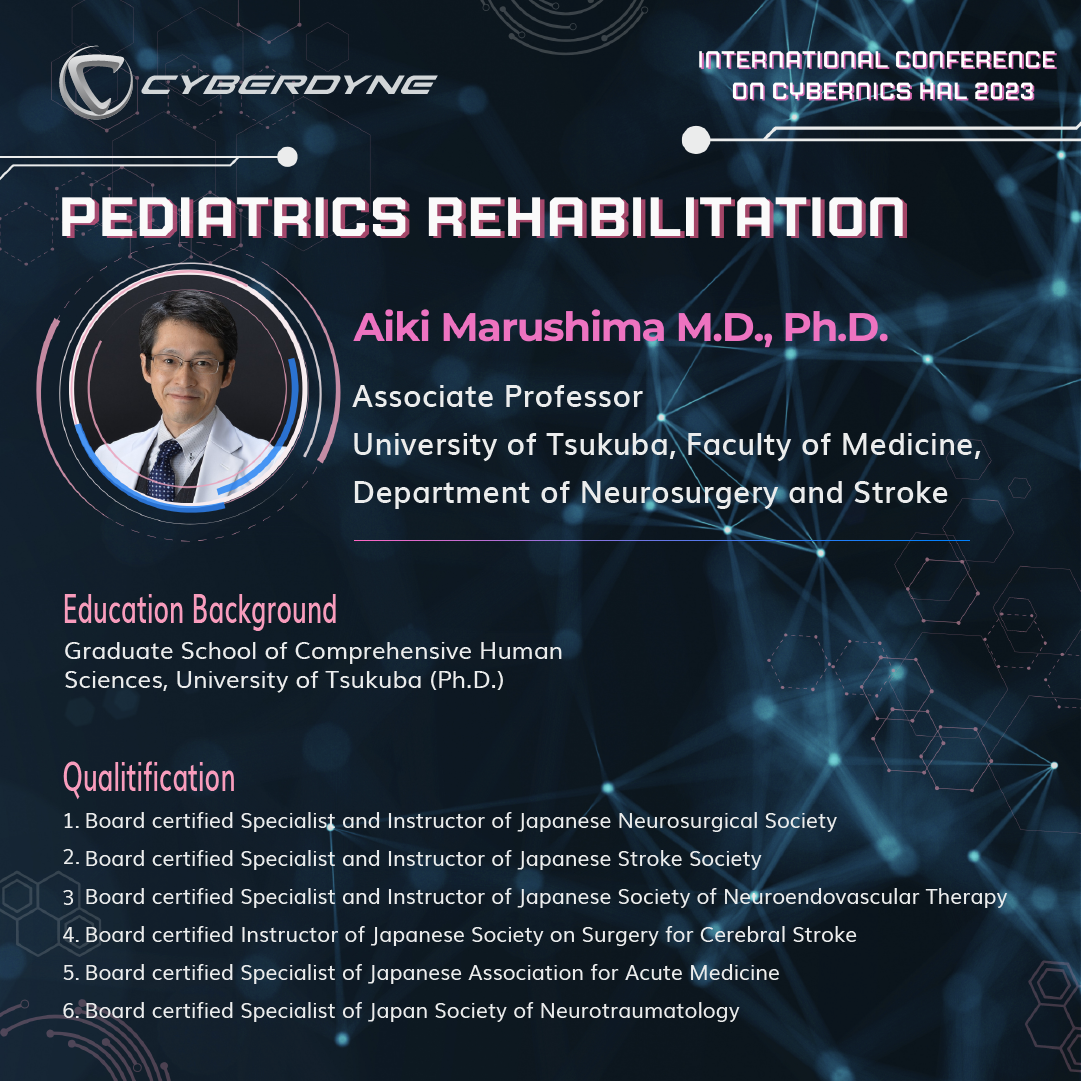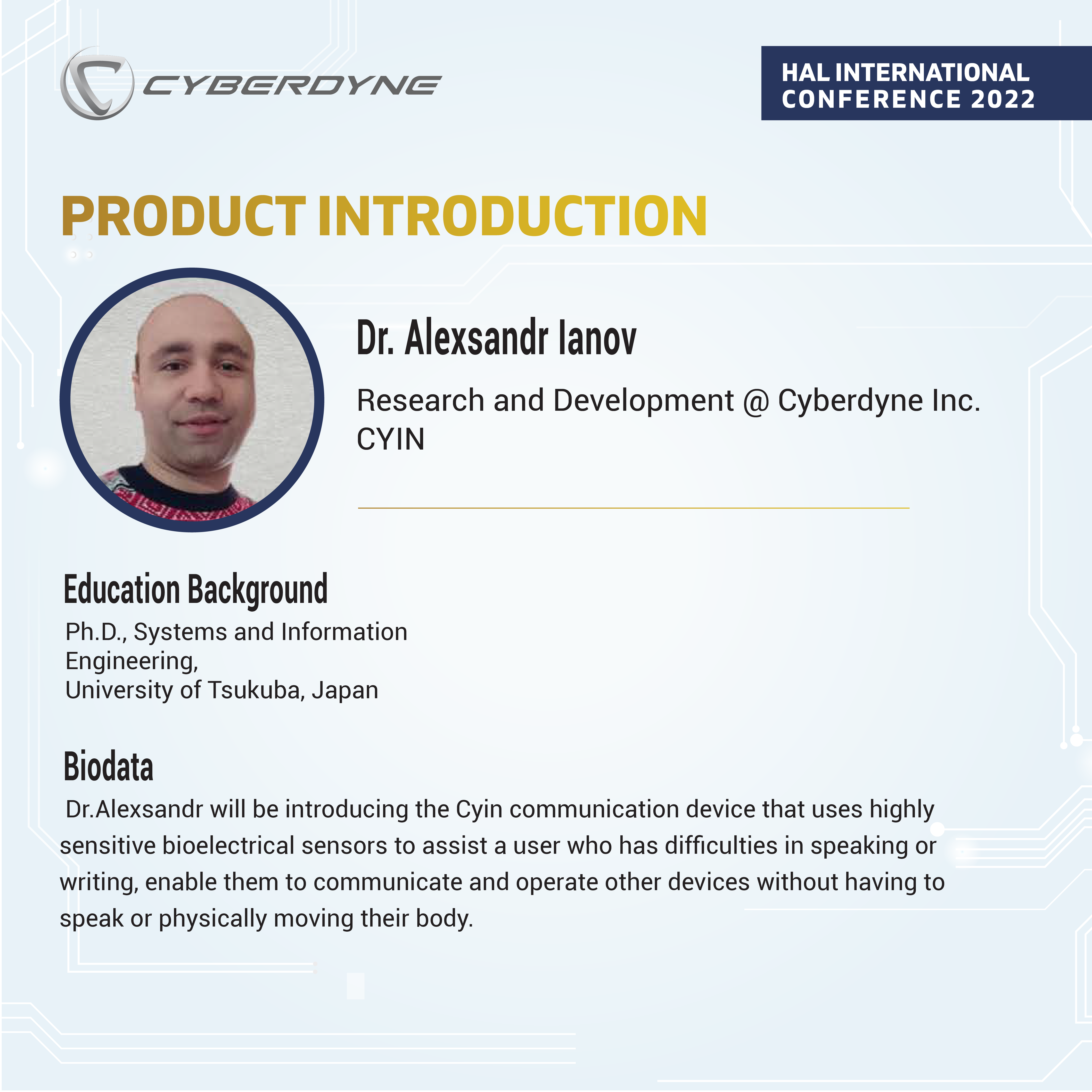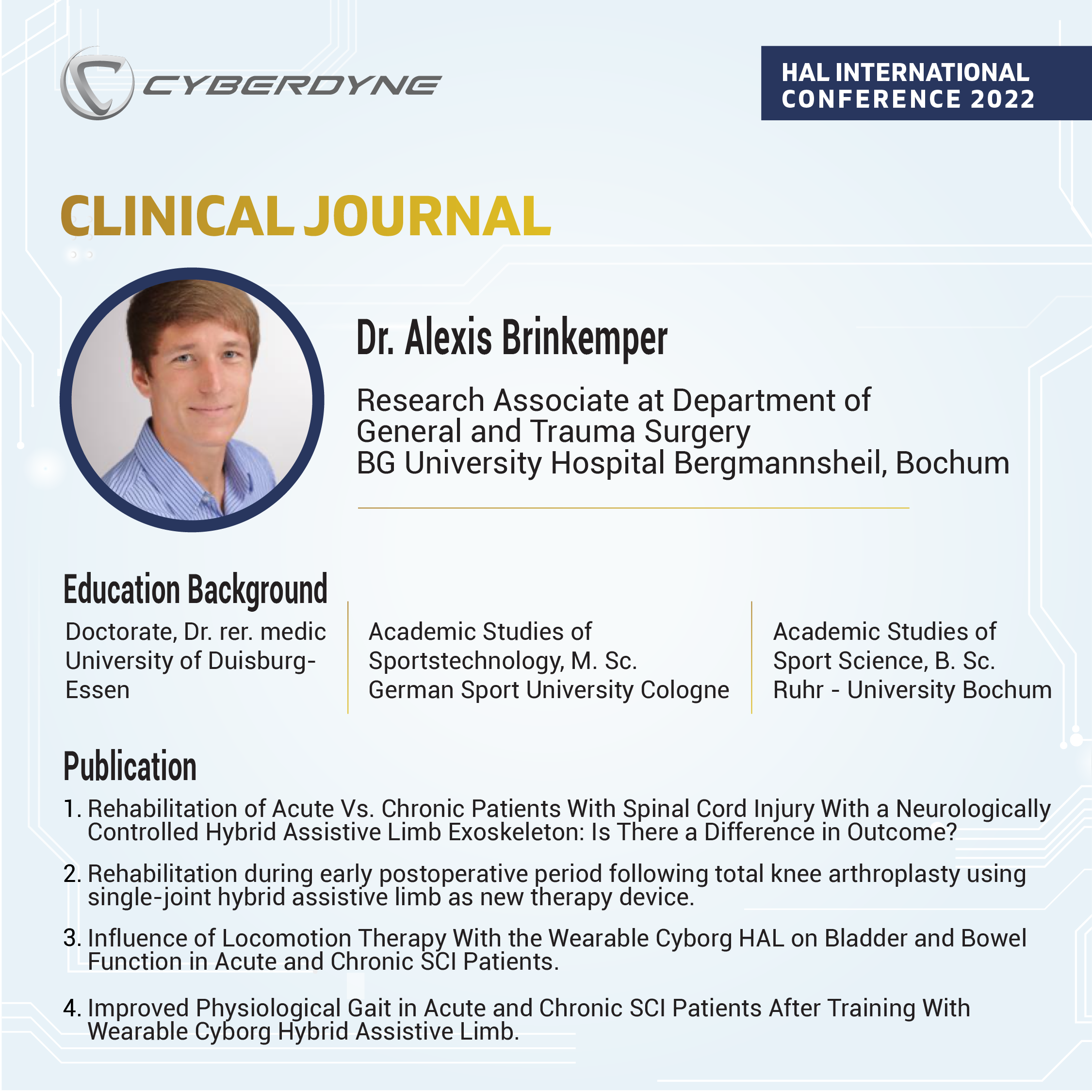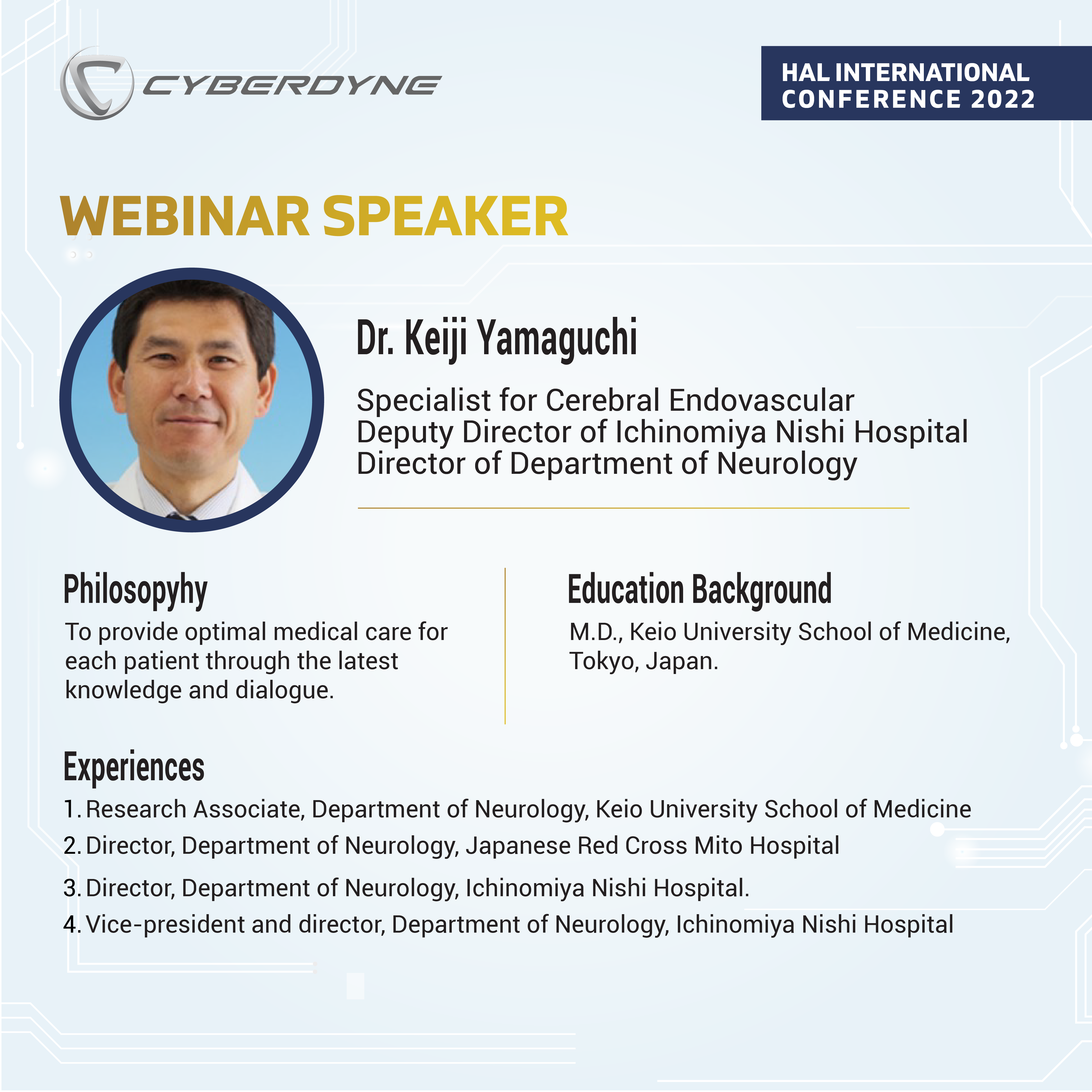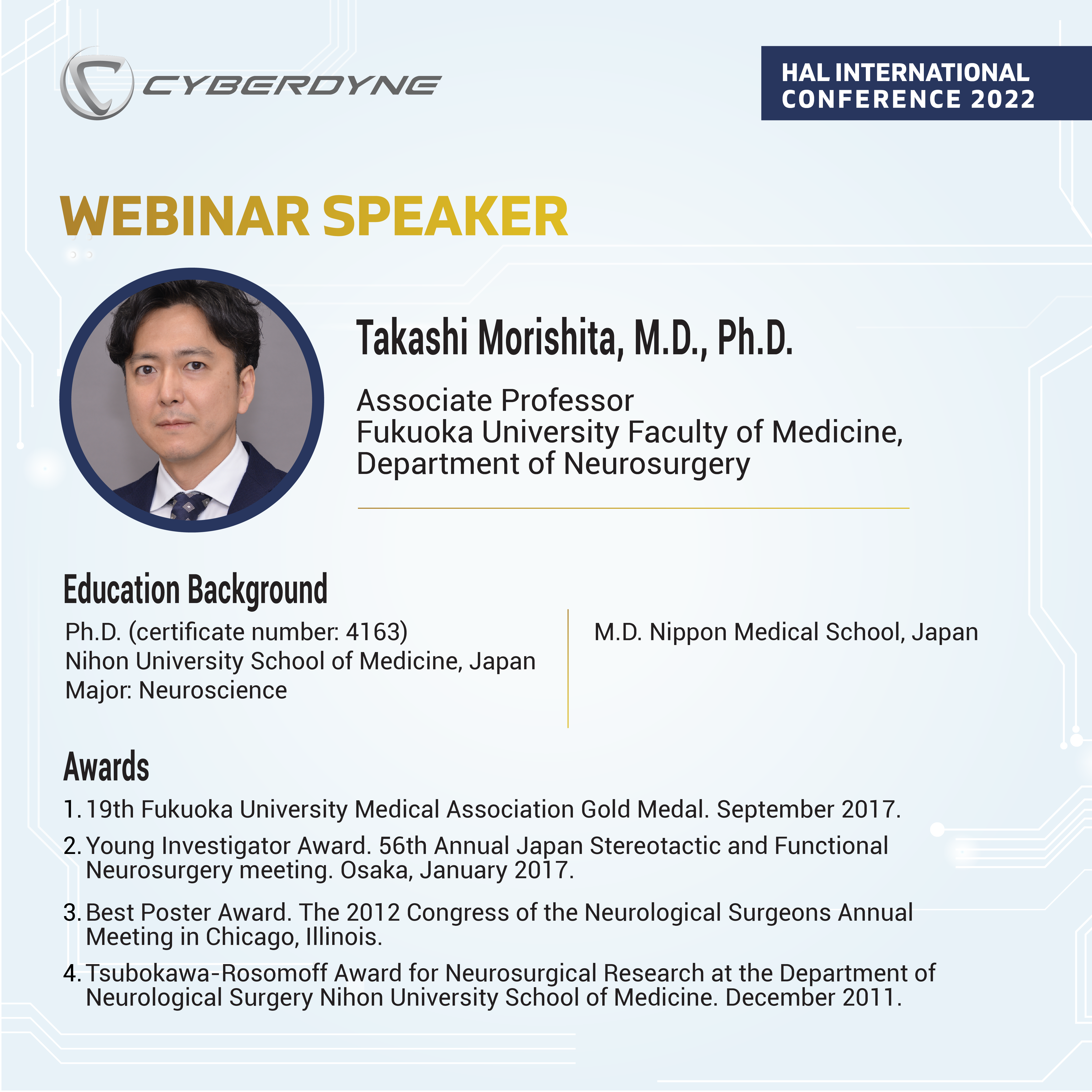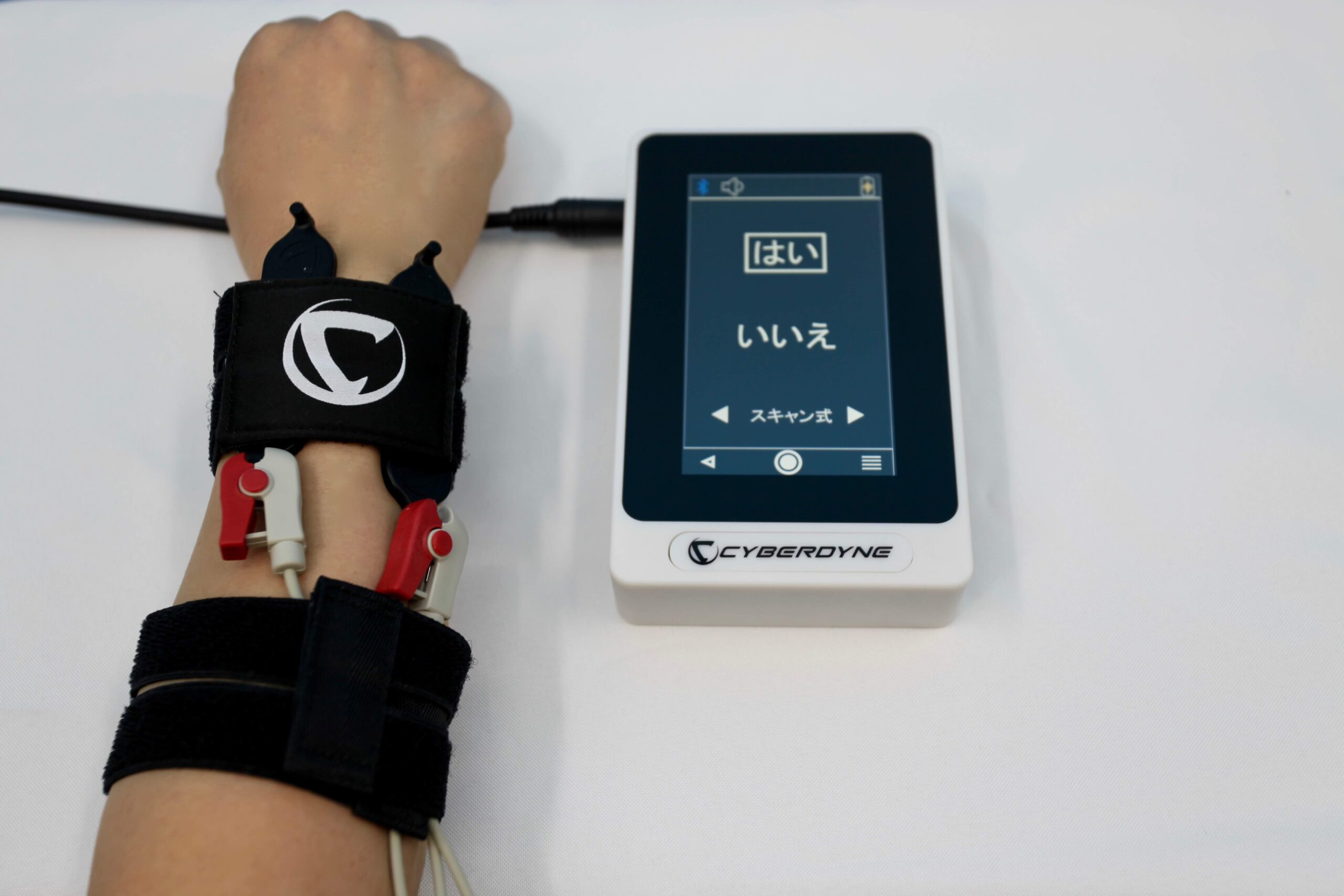

Cyin for living support (Non-medical)
- Innovative interfaces for people who have severe difficulty speaking or moving.
- Makes communication possible for everyone!
Features
1. Control through invisible power
Cyin for Living Support reads faint bio-electrical signals sent from the user’s brain to the muscles through the nerves when the user intends to move the body. The device makes it possible for people who cannot move their own body at all due to progression of their disease or who have difficulty operating equipment through muscle activities (blink, breath, etc.) to communicate using the “invisible power” (by manifestation of yes or no, or by writing a text, etc.) or to operate various environmental control equipment such as a nurse call.
2. Flexible connection to external devices
As a “communication device for severely disabled persons” the main unit of Cyin for Living Support can be used as a device to manifest yes or no using biological information. The device can also be connected to various other devices such as PC, tablets and other communication devices. For example, when combined with a voice-to-speech output device, the user can communicate with their eyes closed.
3. 8-channel I/O to expand the range of uses
The bio-electrical signals required to control Cyin for Living Support can be detected from various parts of the body and can be adapted to the physical condition of each user.
Cyin for Living Support has eight input and output channels, allowing multiple signals to be used simultaneously by attaching sensors to multiple body parts that read the signals. This makes it possible to freely operate multiple devices and or to freely conduct complex operations of devices. Signal from multiple parts of the body can also be combined to create stronger input signals.
4. Easy to carry!
With its compact size and lightweight design that fits in the palm, the user can easily carry it on the go. When the user wishes to go out for a long time, wireless power charger can be connected to smartphones or laptops to charge the device.
Intended users:
Those who have difficulty communicating or operating an equipment due to movement disorder such as:
- Amyotrophic lateral sclerosis (ALS)
- muscular dystrophy
- spinal muscular atrophy (SMA)
- multiple system atrophy
- prolonged consciousness disturbance
- cerebral palsy (CP)
- Parkinson’s disease
- spinal cord injury, etc.





